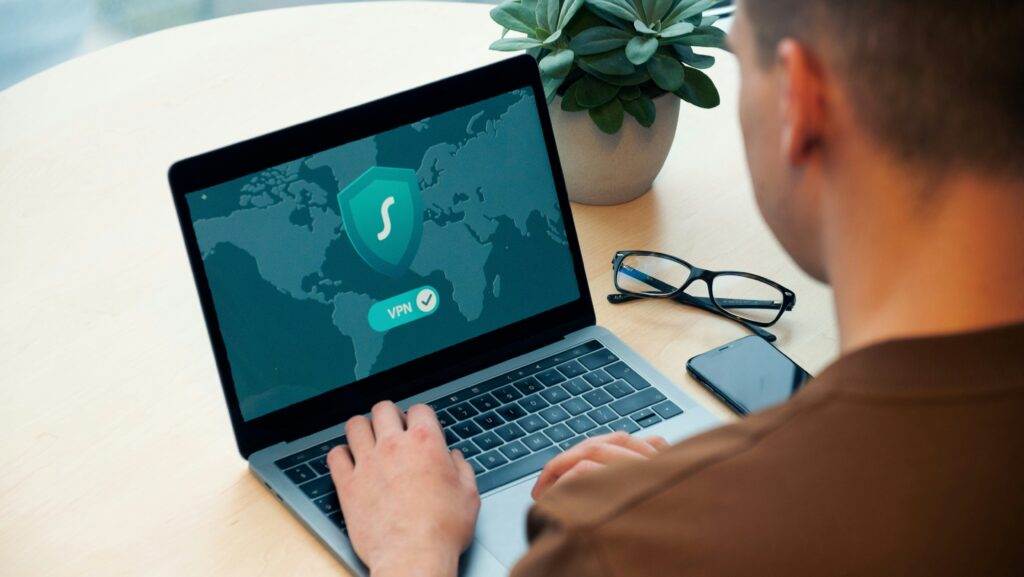2020 has made cybersecurity among the priorities of most organizations. The challenging times brought by the COVID pandemic showed that no corporation is immune to cyber attacks. Even the largest and seemingly secure companies suffered vulnerabilities and security lapses as they tried to adopt various communication and collaboration solutions to stay connected during the early months of remote work.
Since returning to full-time physical office operations seems unlikely, most organizations have decided to transition to hybrid and work-from-home working models permanently. That said, companies looking to navigate the new working landscape should consider the following major cybersecurity trends and predictions.
Cyber Breach Costs Will Surpass the Global Economy
The pandemic significantly brought down the economy, with the U.S going into recession in February. However, based on current analytics, the global economy’s growth will drop to single-digit growth, with countries minimizing activities to minimize the spread of the second wave of the virus. On the other hand, remote work and insecure working practices will increase as more organizations adopt remote working.
With such an imbalance, the cost of a cyber breach is expected to hit double digits from all industries. Such will happen unless organizations and government agencies implement measures to mitigate these risks, such as employing cybersecurity personnel. Otherwise, the global economy will likely suffer significant economic losses.
Video Groups Will Replace Large-scale Video Calls
The pandemic made organizations and businesses embrace the use of video calls, some converging up to hundreds of participants. Even though video calls improved communication and collaborations, converging many participants was a bad idea, as it opened up potential infiltration vulnerabilities. Bad actors could easily access and disrupt important meetings.
That said, organizations should switch from large-scale video calls to break out rooms and video groups to improve productivity. Employees should focus on private yet highly focused video calls centered on improving efficiency in an organization, achieving specific goals, and better interactions.
A surge in Insider Threats
Increased staffing needs and dependence on remote work models present opportunities for cybercriminals looking to exploit companies from the inside. As the name suggests, insider threats are data breaches tied originating from employees of a company. While 25 percent of last year’s data breaches were related to insider threats, IT experts predict that this figure may rise to 33% in 2021.
According to Forcepoint, there is an expected growth of “insider-as-a-service” cyber attacks models. These are organized infiltrators acting as deep undercover agents. Such individuals pass through an organization’s interview and hiring process, beating all the HR and security hurdles to become trusted employees.
New Architecture for Secure Collaboration
Without a doubt, the general work culture dramatically changed during the pandemic. Similarly, it is impossible to predict how work culture will be like after one or two years. However, most organizations have moved towards adopting permanent remote working models. Therefore, tech companies should develop secure architecture to accommodate this rapidly rising working model.
While some tech vendors have already incorporated end-to-end encryption as a primary knee-jerk reaction during the early days of remote work, other companies should integrate such architecture across all communication and collaboration tools to promote security and data privacy.
Passwords Will Be in the Background
Advancing technologies have minimized the use of passwords. While this doesn’t mean that passwords are disappearing, they are becoming a background authentication technique. Initial passwords have been replaced with PINs, two-factor authentication, biometrics, and behavior analytics, with employees interacting less with passwords.
Even though the use of passwords will continue, they will be hidden from users with behind-the-scenes authentication. With this, employees won’t have to choose long complex passwords. Instead, password managers and security teams will handle secure employee logins. Adoption of this strategy eliminates one of the common causes of cyber attacks, password hacking.
Automation Will Increase Phishing Attacks
Phishing attacks involve using highly targeted malicious emails with specific and accurate information about an individual or specific role in a company. Traditionally, phishing attacks were a huge investment that consumed a lot of time for cybercriminals, as they had to send the emails manually. However, automation tools will make it easy for hackers to launch these emails.
Cybercriminals have created tools that automate spear phishing. Integrating such tools with data from company websites and social media platforms enable hackers to send hundreds or thousands of phishing emails with detailed data customized for each victim, which significantly increases the success rates. Fortunately, unlike manually generated phishing emails, automated campaigns are less sophisticated and easy to spot.
Regardless, organizations should expect a surge in phishing campaigns in 2021. Unfortunately, hackers know that the uncertainty and anxiety that comes with remote work makes it easy to exploit victims. Most phishing attacks will centrally focus on the pandemic, global economy, and politics.
Conclusion
In the coming year, cybercriminals will find innovative ways of infiltrating individual, home, and company networks. With constantly emerging cybersecurity trends, organizations should adopt proactive IT security measures to keep their data secure. Employees should also operate within the protection of organizations’ firewalls to avoid such threats.




Pingback: 2021 Cybersecurity Predictions - TechSpective - Business Telegraph
Pingback: 2021 Cybersecurity Predictions - TechSpective - Washington latest
Pingback: 2021 Cybersecurity Predictions – Demo
Pingback: Hack: 2021 cybersecurity predictions - Techgadgetguides
Pingback: Technology’s Evolution from Background to Backbone
Pingback: 2021 Cybersecurity Predictions – TechSpective – The Data Privacy Channel
Pingback: 2021 Cybersecurity Predictions – TechSpective – Ken Gilmour